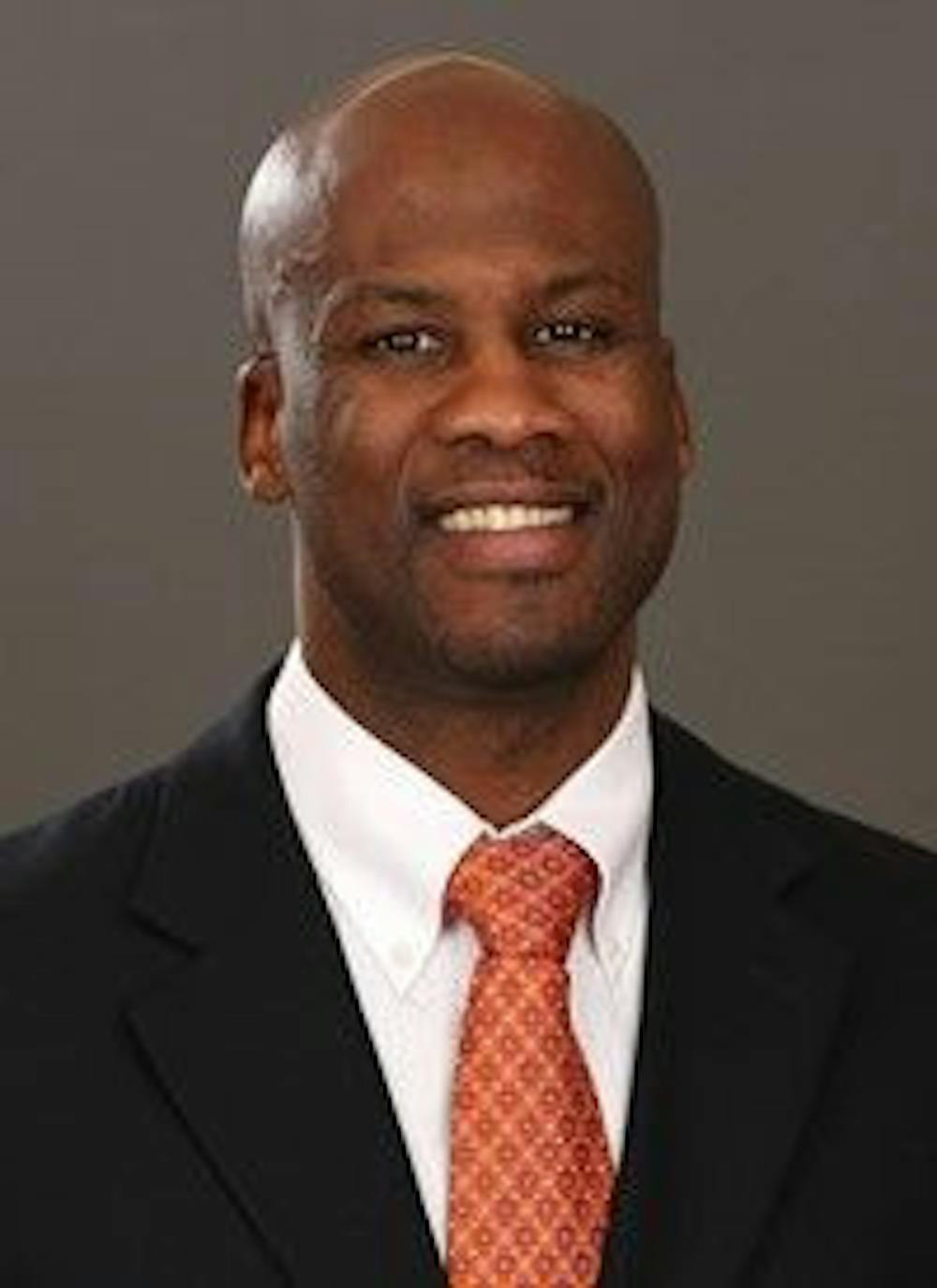Every year immediately after National Signing Day, the sports world witnesses one of its most dazzling spectacles: the great migration of college football coaches.
This is when, after convincing fresh crops of 18-year-olds to sign letters of intent with certain schools, coaches bolt for new, better, higher-paying jobs with no consequences. Meanwhile, the players they’ve hoodwinked into signing with their former universities are stuck in place.
It happened here at UF on Saturday when, three days removed from NSD, Florida defensive backs coach Torrian Gray bolted for the NFL’s Washington Redskins. Florida announced his replacement within hours, leading to the belief that his departure was strategic. And his replacement, USF’s Corey Bell, had only been on Charlie Strong’s staff for about a month before he left for a brighter opportunity at Florida.
But some players don’t care about such moves. Some will (wisely) say they committed to a school, not a coach. However, this is certainly not always the case.
Take Florida junior CeCe Jefferson, for example. Two years ago on NSD, the five-star prospect announced his decision to attend UF but mysteriously didn’t send in his letter of intent.
Hours of speculation as to why followed, with Jefferson ultimately tweeting the following: “I haven’t sent my LOI because someone told me a few days before NSD that williams was leaving, why send it in without being sure?”
He then reaffirmed his commitment to Florida, but the point he made was valid.
Williams refers to Terrell Williams, the first defensive line coach hired by Jim McElwain when he came to Florida. As it turned out, Williams was indeed leaving for the Miami Dolphins as soon as NSD was over. He stayed until then only to entice folks like Jefferson to sign with Florida before leaving them. So while Jefferson did end up at Florida, it’s a great look that he thought about it after the slimy move pulled by Williams and the Florida coaching staff.
And I’m not trying to knock Florida here because, again, this is common everywhere. It’s accepted practice. And it’s disgusting.
Actually, maybe a better word is ironic.
Yes, it’s ironic that coaches who are paid six figures can just up and leave when they please for bigger six figures while the young athletes they finagle into signing are now bound to their respective universities for at least a year.
Just imagine this situation for a normal, non-athlete person.
It would be like if you got a new job after interviewing with a boss you really loved and then, as soon as you got to the company, that boss leaves for a rival company while you’re contractually obligated to stay for at least a year before you’re allowed to contribute to any other company.
The solution, though, is not to limit coaches. It sucks they can leave players and programs whenever they want, but hey, they’re adults who should be able to take on better opportunities, just like you and me with our own jobs. That’s not the problem.
The problem, rather, is athletes’ lack of mobility.
If athletes were allowed to transfer without having to sit out a season, programs wouldn’t have an incentive to keep assistant coaches around until after NSD. The sliminess of the current process would be fixed.
However, allowing athletes unlimited transfer options also poses problems. So perhaps the solution lies in the middle of two extremes: Allow for one penalty-free, preseason transfer for every undergraduate student athlete.
Since coaches can leave them at any time, why not give the athletes the power to do the same, at least once?
Ethan Bauer is the sports editor. His columns appear on Wednesdays. Contact him at ebauer@alligator.org, and follow him on Twitter @ebaueri.
UF defensive backs coach Torrian Gray.





